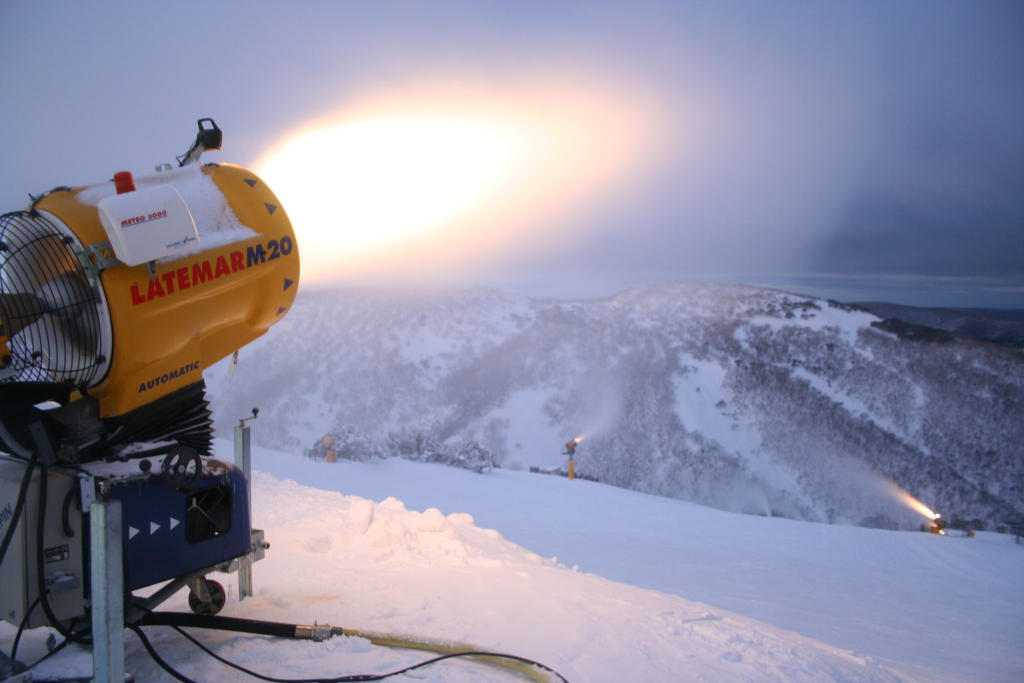
“The ski resort claimed they had six feet of snow,” a disappointed friend said. “I assumed they meant deep.”
Welcome to the 21st century, where old passions (skiing, reef-diving, cuddly koala bears) go to die. Maybe the object of your desire will outlive you, which is lucky. (Sort of.) The point is, thanks to climate change, many things are going away and you as a concerned individual won’t be able to save them. There’s a very good chance that we—the human race—won’t be able to save them, either. Because (a) the problem is so big and (b) we don’t have the tools and (c) we can’t agree that saving what we have is worth the sacrifice.
You know this.
We have short-term fixes for skiers. (There’s not much to do about the koala bears and coral.) Chris Baraniuk, writing in Wired UK, has a compelling story about the heroic efforts being made in some Alpine resorts. At Zermatt, there’s a single snowmaking machine that spews out 1,900 tons of snow per day along with 1,200 less prolific snow guns and snow cannons.
Zermatt is not alone. Sixty percent of the world’s ski slopes are using fake snow.
Good effort, but all that snowmaking ordinance won’t offer much resistance against climbing temperatures. And climbing snow lines: by some accounts, in some Alpine locations, the line where winter snow can build up is at a record 3,900 feet; by the end of the century it could be at 10,000 feet. Snow seasons are shorter—in some cases, much shorter—and snow cover is thinner. A lot…like 40 percent or more…thinner.
You know what this means. Shorter seasons, crappy snow, fewer ski days, less investment, less excitement, fewer purchases, fewer reservations. Bankrupt resorts. Rusting lifts. Eventually, skiing will seem as archaic as hunting for wooly mammoths, which is a hell of a legacy.
Image: Snow making at Mount Hotham, Victoria, Australia, by Wongm via Wikimedia Commons









